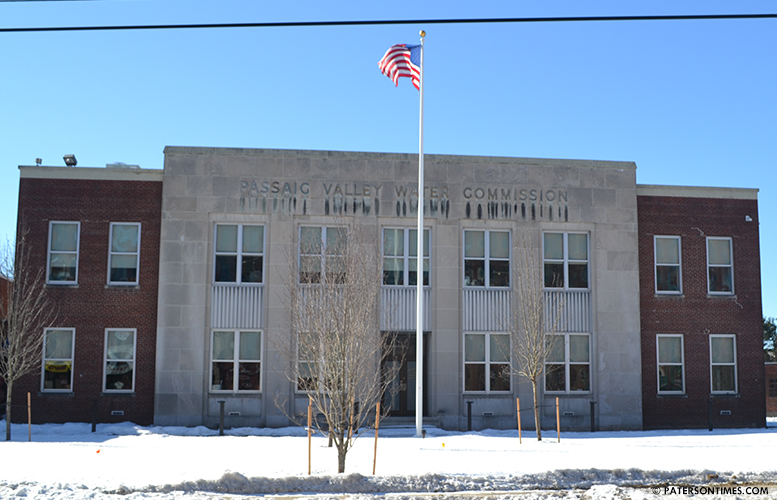The Passaic Valley Water Commission once had as many as 34,000 lead service lines in its system. That number has been reduced to about 600. And within the next 12 month, the commission expects to bring that number to zero, said Joe Bella executive director of the commission.
“Within 12 months we’re hoping to be pretty darn close to zero,” said Bella. However, this will not entirely eliminate the lead in drinking water problem because many older homes – built prior to 1982 – have lead pipes.
Bella said the commission has made available free lead sample testing kits to all its customers so that a homeowner will be able to figure out whether the water coming out of the faucet has elevated levels of lead. “We’ve always offered it, but the last couple of years we’ve been doing it for free,” he said.
The free lead sample testing kit can be obtained from the commission’s office located on Main Avenue in Clifton. Bella said test results are usually available in two to four weeks.
Bella said the commission is also launching a pilot program to target households that may be more susceptible having lead in drinking water based on age of home and other factors. He said the program will include door-to-door distribution of test kits.
“We’ll go into a neighborhood and do a whole block,” he said. He said often times a home may have a lead pipe that is carrying water from the curb to the home that needs to be replaced. Sometimes the replacement cost can be $4,000 or more.
The commission has an interest free loan program to assist homeowners in replacing those pipes. “We’ll replace it and put it on your water bill,” said Bella. He said the commission can give a customer as many as five years to pay off the loan.
Bella said the commission is also looking to add corrosion inhibitors to water in order to prevent old pipes from leaching lead into drinking water. He said that cannot be done at present because, with open air reservoirs, the phosphate-based corrosion inhibitors will result in an algae bloom.
The commission has proposed a $135 million controversial plan to replace open reservoirs with water storage tanks to comply with federal regulations. If that’s done, the commission will be able to add the corrosion inhibitors. “That will be a big, big help. That will drop the lead numbers substantially,” said Bella.
The commission’s five-pronged approach was unveiled in mid-March during a phone press briefing. There’s been increased attention to the lead in drinking water problem since the water crisis in Flint, Michigan exploded on the national stage.
Trenton-based nonprofit Isles raised the issue in New Jersey when it held a press conference in February citing a 2014 state report which highlighted elevated levels of lead in the blood of children in more than a dozen cities in the Garden State.
310 or 4.8-percent of children under six in the city had elevated levels of lead in their blood stream, according to Isles which cites data from a 2014 New Jersey Department of Health report.
Newark’s percentage was 5.7-percent. And Jersey City’s was 4-percent, according to the report. Atlantic City had the worst lead problem in New Jersey at 10.2-percent.
Lead-based paint is the most widespread way young children are exposed to lead, according to the Centers for Disease Control.
The aforementioned statistic does not say whether a child was exposed to lead from paint or as a result of drinking contaminated water.
Old cities like Paterson, Jersey City, Newark, and Atlantic City have a bad lead problem because of their old housing stocks, according to experts.
